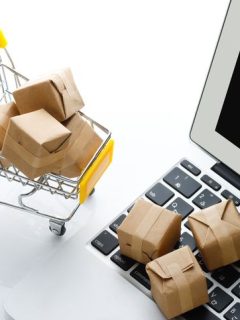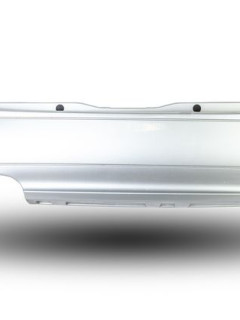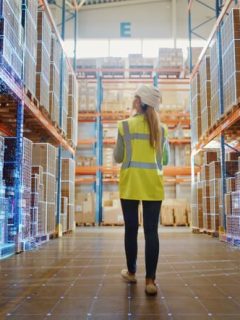Today, there is an increasing emphasis on the search for and implementation of solutions that can minimise the negative impact of human activity on the environment. One area where this search is gaining particular importance is the packaging industry. Traditional materials such as plastic have long dominated the field due to their durability and production costs. However, their destructive impact on the environment has prompted the search for and implementation of new, more sustainable materials. Here is an overview of innovative materials used in packaging production.
Mono material wonders
Mono material packaging definitely stands out from traditional solutions. What makes them so attractive is their extreme simplicity – They are made from a single type of material, which makes them much easier to process and recycle. This feature eliminates the hassle of separating plastic from paper or metal, which used to be complicated and time-consuming. As a result, mono-material packaging is becoming a protagonist in the drive for greater recycling efficiency.
Significantly, this innovative packaging category opens up new possibilities for designers. They can now experiment with form and functionality without worrying about complicated recycling processes, leading to packaging that is not only aesthetically pleasing but also ecologically sound.
Corrugated cardboard, an old friend in a new, ecological role
Often associated with mundane cardboard boxes, corrugated cardboard is in fact experiencing a renaissance as the protagonist of ecological packaging. Thanks to its lightness, durability and recyclability, it is becoming a key player in the field of sustainable solutions.
What’s more, corrugated cardboard offers endless customisation possibilities and is biodegradable, making it both audience and environmentally friendly .. Manufacturers and designers appreciate its versatility, using it in innovative packaging designs that are eye-catching, protect the product and, most importantly, can be easily recycled after use. It is worth being aware of this, why you should choose cardboard and eco-friendly packaging.
In an era where every gesture for the planet matters, corrugated cardboard boxes present themselves as an example of products that are perfectly in line with the pursuit of sustainability.
Bio plastics
It appears that bio plastics are emerging as a promising alternative to conventional plastics, opening a new chapter in the history of sustainable packaging. Although they face challenges such as higher production costs and complex regulations, their growing popularity is undeniable proof that both producers and consumers are ready to invest in the future of our planet.
Bio plastics, made from renewable sources such as plants or micro-organisms, offer a range of environmental benefits, including reduced reliance on fossil fuels and potential biodegradability. This makes them increasingly attractive to industries looking for ways to reduce their carbon footprint. Their use in packaging not only reduces environmental impact, but also highlights brands’ commitment to promoting sustainability.
What’s more, innovations in bio plastics production technology and improvements in cost efficiency are making them increasingly accessible to a wider range of businesses. This in turn translates into a greater variety of environmentally friendly packaging on the market, enabling consumers to make more informed choices.
Composites based on natural fibres
Another interesting innovation is composites made from natural fibres such as bamboo, hemp or jute, which can be used to produce sustainable yet biodegradable packaging. These materials, often sourced from rapidly renewable sources, are lightweight yet strong, making them an effective replacement for some plastic applications while being gentler on the environment at the end of their life cycle.
Edible packaging
Although it sounds a bit like a futuristic concept, edible packaging is an increasingly viable option in the marketplace. Made from natural, edible ingredients such as seaweed, starch or milk protein, they not only protect the product, but can also be eaten with it or composted.
The future of packaging
The future of packaging seems bright and green. Innovations in packaging materials, together with changing consumer awareness and regulations supporting sustainability, are shaping the new landscape of the packaging industry. Although challenges remain, the direction of change is promising. It is worth being aware of, packaging that is the least harmful to the environment and bet on them.














